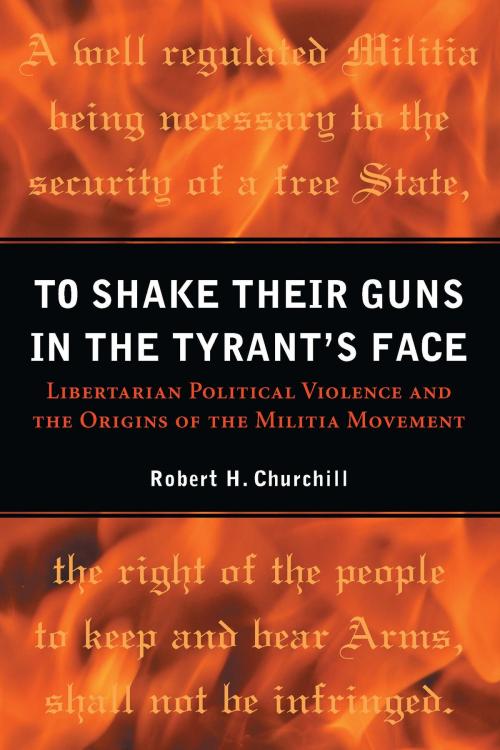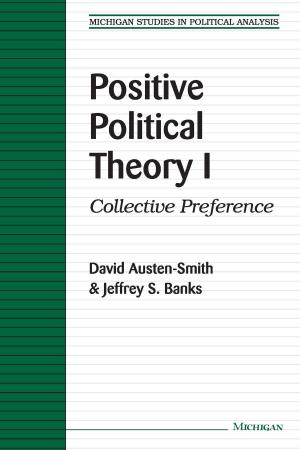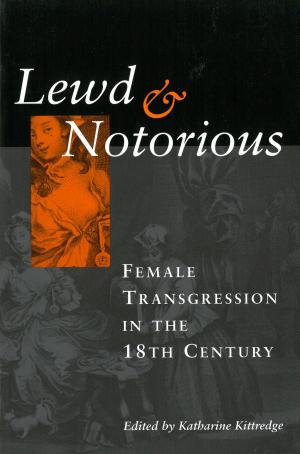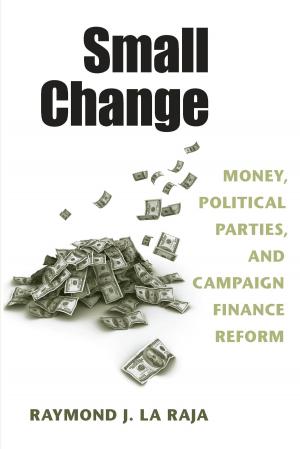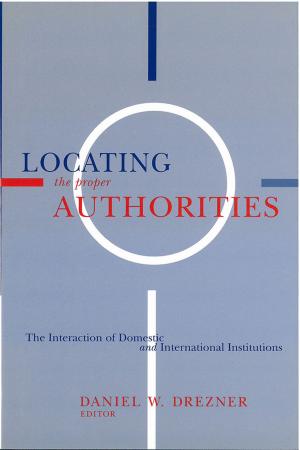To Shake Their Guns in the Tyrant's Face
Libertarian Political Violence and the Origins of the Militia Movement
Nonfiction, Social & Cultural Studies, Political Science, Politics, Civil Rights, History, Americas, United States| Author: | Robert H Churchill | ISBN: | 9780472027460 |
| Publisher: | University of Michigan Press | Publication: | August 4, 2010 |
| Imprint: | University of Michigan Press | Language: | English |
| Author: | Robert H Churchill |
| ISBN: | 9780472027460 |
| Publisher: | University of Michigan Press |
| Publication: | August 4, 2010 |
| Imprint: | University of Michigan Press |
| Language: | English |
“To Shake Their Guns in the Tyrant's Face addresses an area—the relationship of American political violence to American ideology—that is of growing importance and that is commanding an ever increasing audience, and it does so in a way like nothing else in the field.”
—David Williams, Indiana University School of Law, Bloomington
After the bombings of Oklahoma City in 1995, most Americans were shocked to discover that tens of thousands of their fellow citizens had banded together in homegrown militias. Within the next few years, numerous studies and media reports appeared revealing the unseen world of the American militia movement, a loose alliance of groups with widely divergent views. Not surprisingly, it was the movement’s most extreme voices that attracted the lion's share of attention.
In reality, Robert Churchill writes, the militia movement was neither as irrational nor as new as it was portrayed in the press. Churchill uses three case studies to illustrate the origin of some of the core values of the modern militia movement: Fries’ Rebellion in Pennsylvania at the end of the 18th century, the Sons of Liberty Conspiracy in Civil War–era Indiana and Illinois, and the Black Legion in Michigan and Ohio during the Depression. Building on extensive interviews with militia members, the author places the contemporary militia movement in the context of these earlier insurrectionary movements which, animated by a libertarian interpretation of the American Revolution, used force to resist the authority of the federal government.
“To Shake Their Guns in the Tyrant's Face addresses an area—the relationship of American political violence to American ideology—that is of growing importance and that is commanding an ever increasing audience, and it does so in a way like nothing else in the field.”
—David Williams, Indiana University School of Law, Bloomington
After the bombings of Oklahoma City in 1995, most Americans were shocked to discover that tens of thousands of their fellow citizens had banded together in homegrown militias. Within the next few years, numerous studies and media reports appeared revealing the unseen world of the American militia movement, a loose alliance of groups with widely divergent views. Not surprisingly, it was the movement’s most extreme voices that attracted the lion's share of attention.
In reality, Robert Churchill writes, the militia movement was neither as irrational nor as new as it was portrayed in the press. Churchill uses three case studies to illustrate the origin of some of the core values of the modern militia movement: Fries’ Rebellion in Pennsylvania at the end of the 18th century, the Sons of Liberty Conspiracy in Civil War–era Indiana and Illinois, and the Black Legion in Michigan and Ohio during the Depression. Building on extensive interviews with militia members, the author places the contemporary militia movement in the context of these earlier insurrectionary movements which, animated by a libertarian interpretation of the American Revolution, used force to resist the authority of the federal government.
